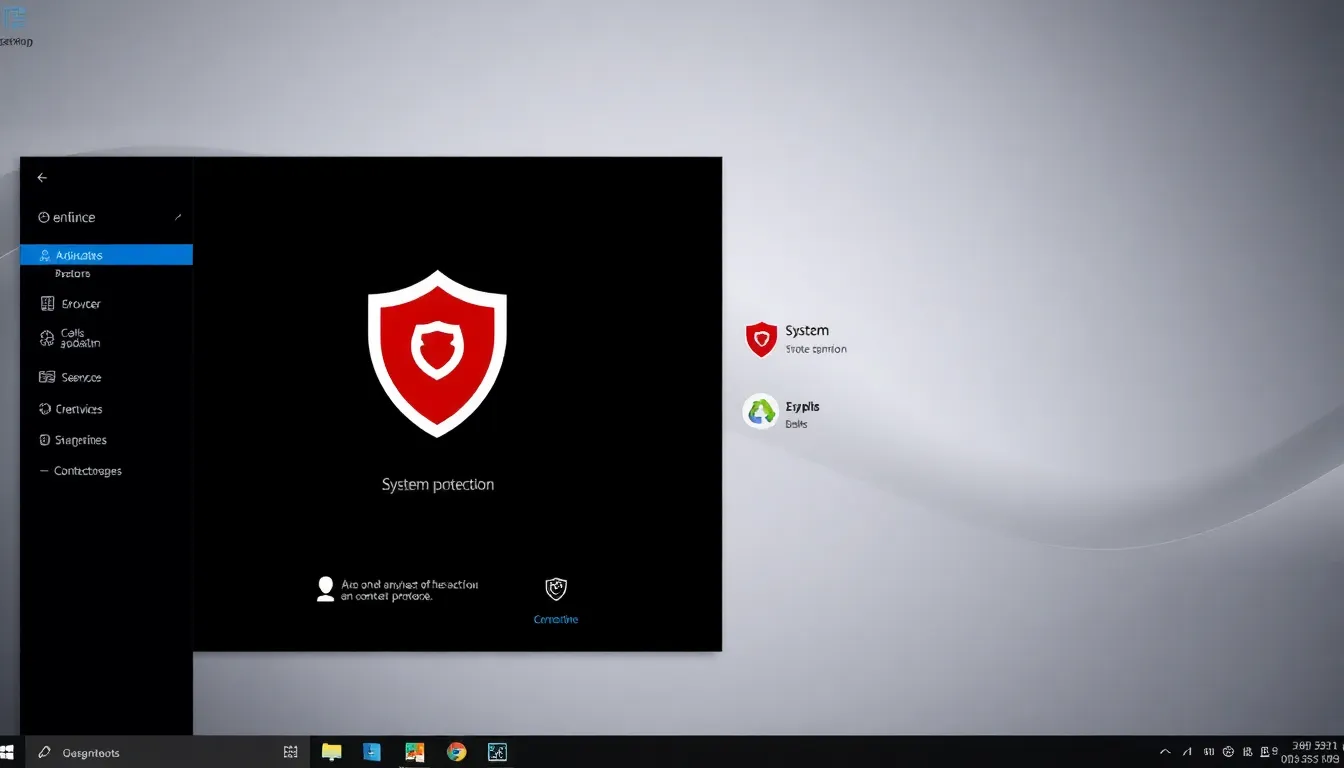The Critical Role of Safety Data Sheet Management in Compliance
In today’s regulatory environment, proper safety data sheet management is not just a best practice—it is a legal necessity. With evolving global standards and industry-specific regulations, companies are expected to maintain accurate, up-to-date safety data sheets (SDS) for every chemical used, stored, or transported. Failing to meet these requirements can result in costly fines, legal consequences, and even workplace accidents. That’s where modern EHS digital transformation becomes invaluable. By implementing digital solutions, organizations can automate and optimize their safety data sheet management processes to ensure full compliance and avoid penalties.
Why Traditional SDS Management Fails
Many companies still rely on outdated manual systems or disjointed spreadsheets to handle safety data sheet management. This often leads to errors, duplication, and incomplete information—creating compliance risks and making SDS access difficult during emergencies. Without a centralized system, employees waste time searching for the correct documents, and safety teams struggle to keep records updated. These inefficiencies directly hinder workplace safety and compliance efforts. By contrast, embracing EHS digital transformation allows businesses to shift from reactive to proactive management, enabling seamless access, version control, and audit readiness at all times.
Enhancing SDS Accuracy through EHS Digital Transformation
EHS digital transformation empowers companies to digitize their safety data sheet management process using cloud-based platforms that automatically sync with chemical manufacturers and regulatory databases. This automation ensures SDSs are always current, relevant, and aligned with the latest legal standards. As regulatory frameworks continue to tighten, having accurate safety information available instantly can mean the difference between compliance and a fine. By reducing manual entry and errors, EHS digital transformation dramatically improves the accuracy and reliability of safety data sheet management.
Streamlining Employee Access and Training
One of the core benefits of integrating EHS digital transformation is the improvement in employee accessibility to safety documents. Workers need real-time access to the right SDSs, especially during spill response or exposure incidents. With cloud-based safety data sheet management, staff can use mobile devices or terminals to instantly find the correct document, reducing response time and enhancing safety. This integration also supports training initiatives by embedding SDSs into learning modules, further reinforcing safety protocols. All of these capabilities are made seamless with the adoption of EHS digital transformation.
Compliance Reporting and Audit Readiness
When regulatory bodies conduct inspections, your safety data sheet management system is one of the first things they’ll examine. If SDSs are missing, outdated, or difficult to locate, your company may face hefty fines and operational disruptions. With EHS digital transformation, SDS records are stored in centralized, searchable databases that ensure quick retrieval and transparency. Digital logs track revisions, user access, and approvals, providing clear audit trails. These features are vital for maintaining compliance and demonstrating due diligence during regulatory reviews.
Integration with Broader EHS Strategies
Safety data sheet management doesn’t exist in a vacuum—it’s part of a broader Environmental, Health, and Safety (EHS) strategy. By incorporating EHS digital transformation, companies can integrate SDS tracking with incident reporting, chemical inventory, risk assessments, and more. This creates a unified safety ecosystem that not only supports compliance but also drives continuous improvement across departments. When safety data sheet management is aligned with other EHS components, the result is a more resilient and responsive organization.
Reducing Costs and Improving Efficiency
Aside from avoiding fines, efficient safety data sheet management through EHS digital transformation significantly reduces administrative costs. Automated updates, centralized access, and streamlined workflows eliminate the need for manual file tracking and duplication. These systems reduce paper use, minimize downtime during audits, and improve staff productivity. By investing in digital tools, organizations can achieve long-term savings while strengthening their safety culture.
Protecting Your Workforce and Reputation
Effective safety data sheet management is not only about compliance; it’s also about protecting your workforce and preserving your company’s reputation. Failure to provide correct safety information can lead to exposure incidents, injuries, and environmental hazards. These events not only result in fines but can also damage your brand’s public image. With EHS digital transformation, companies ensure they’re doing everything possible to safeguard their people and environment, showing regulators and stakeholders a commitment to excellence.
Future-Proofing Your Safety Program
As regulations evolve and new risks emerge, safety data sheet management must be agile and future-ready. EHS digital transformation positions your organization to adapt quickly to regulatory changes, implement real-time updates, and scale with business growth. The digital backbone created by EHS digital transformation ensures your SDS processes remain compliant, effective, and aligned with modern EHS standards for years to come.
Conclusion: Avoiding Fines Starts with Smart SDS Management
Avoiding regulatory fines and improving workplace safety go hand in hand. Companies that invest in effective safety data sheet management through EHS digital transformation are not only minimizing their legal risks but also creating safer, more efficient, and future-ready work environments. The integration of digital solutions into your EHS strategy ensures that SDSs are accessible, accurate, and audit-ready at all times. In the end, choosing EHS digital transformation for your safety data sheet management is a proactive move that pays off in compliance, performance, and peace of mind.




